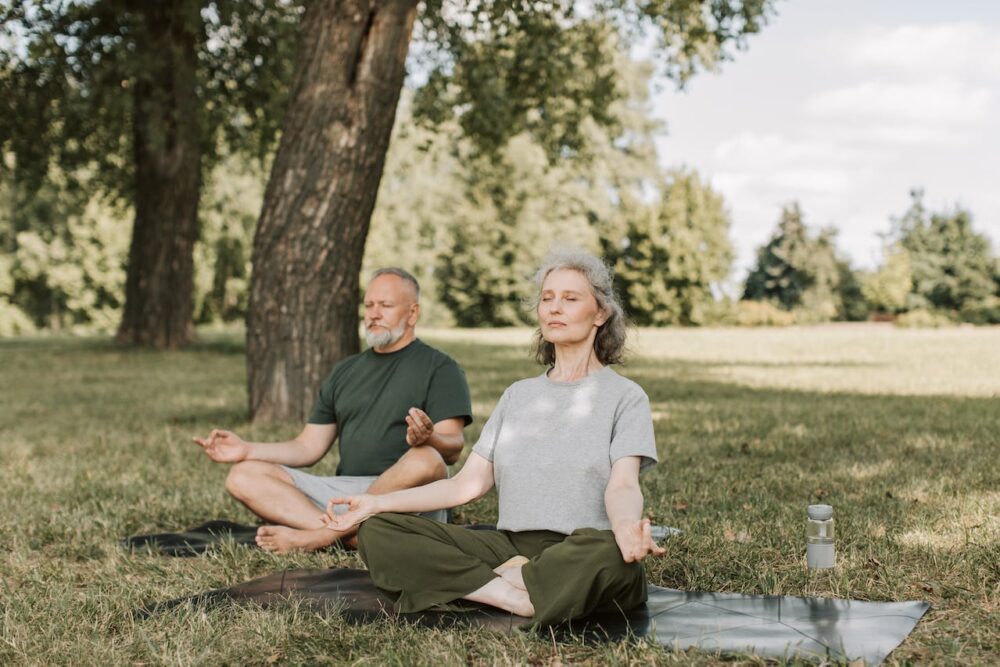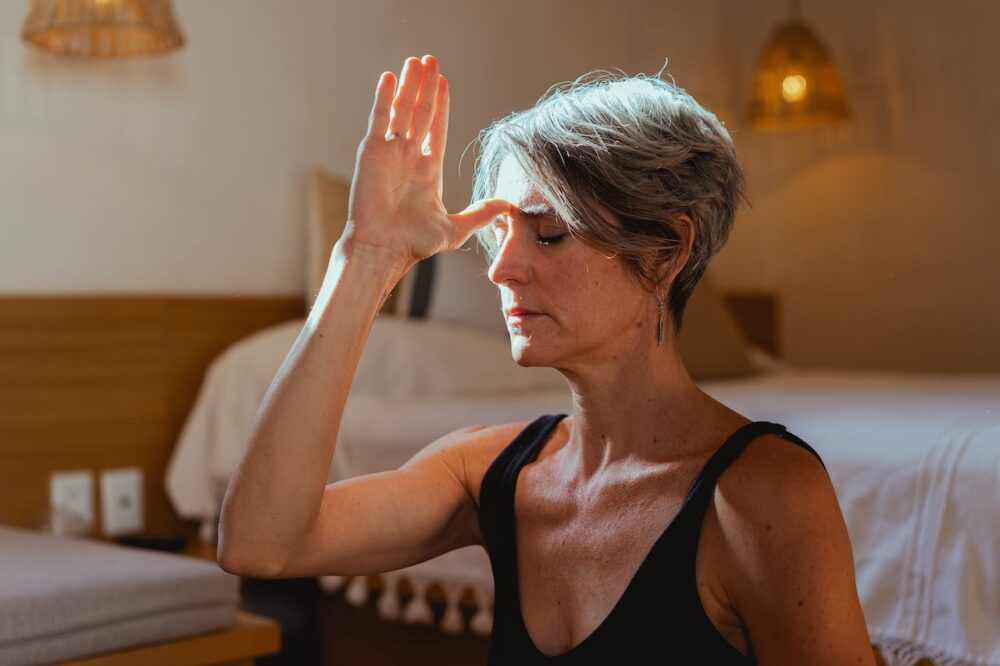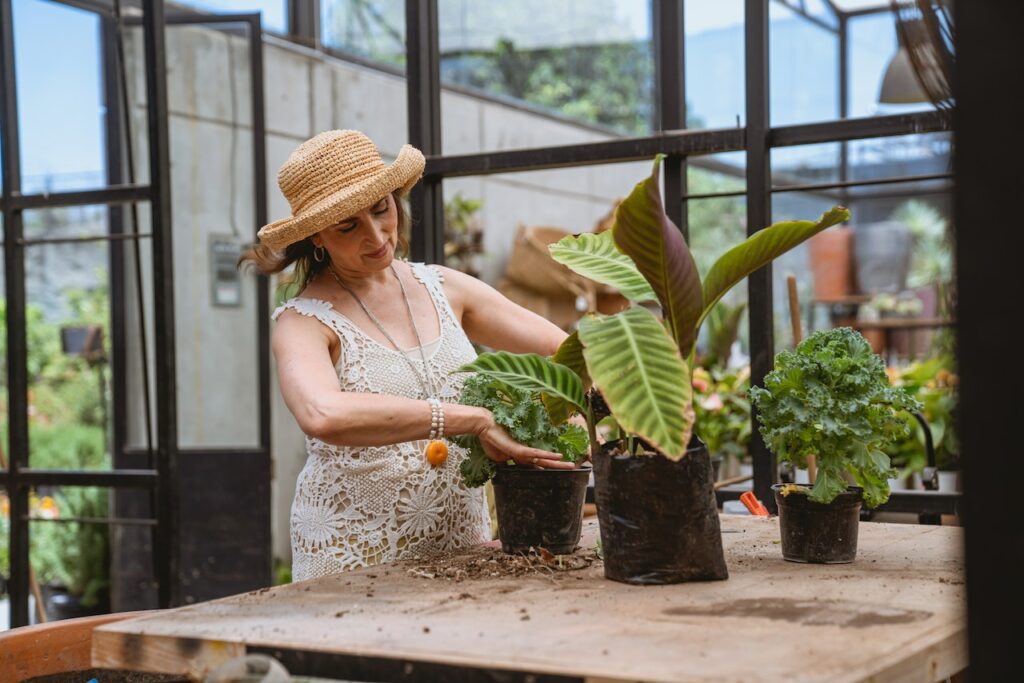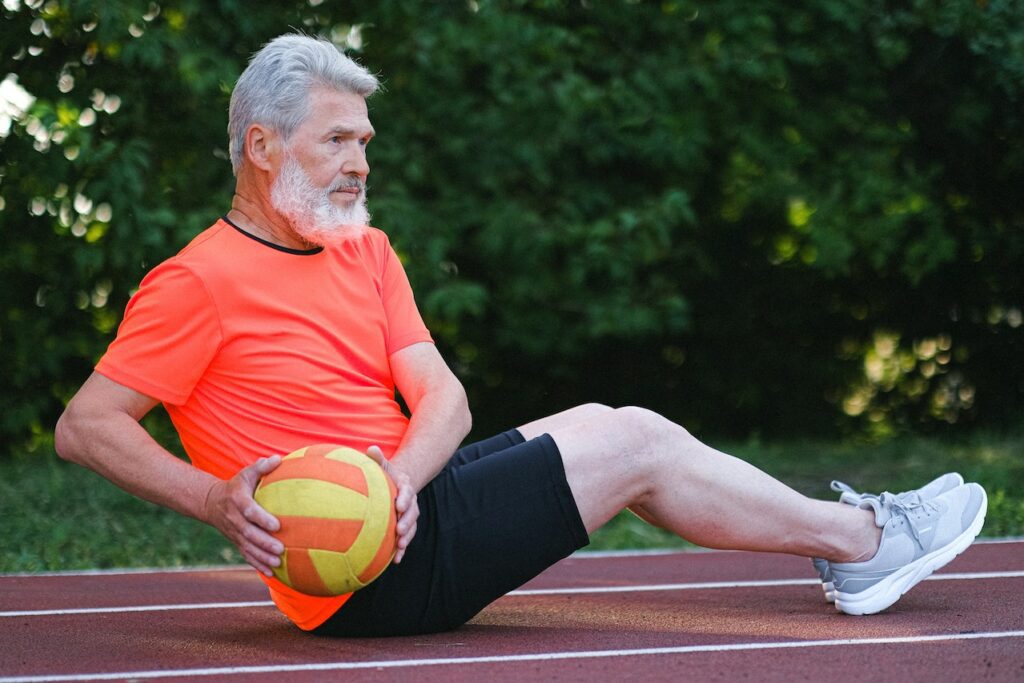The term ‘mindfulness’ is becoming increasingly trendy, have you considered its life-changing potential?
For example, imagine a morning when you step outside, not just for a walk, but for a sensory adventure, where every step connects you deeply with the world around you. This could be your new reality, and I’m speaking from personal experience here!
In our elderly years, being present brings a wealth of well-being. How can you incorporate these techniques into your everyday life? This article discusses scientifically proven mindful methods that are simple and fun to include into your daily routine. Each practice contributes to a happier existence, from sensory walks to mindful breathing. Ready for this learning and enrichment journey?

Walks for sensory awareness
Sensory awareness walks are a simple yet powerful approach for seniors to connect with their environment. This purposeful journey unlocks sensory richness. A University of Maryland School of Public Health research in the Journal for Alzheimer’s Disease Reports shows that walking enhances brain connection and cognition in older persons, especially those at risk.
First, try mindful walks that concentrate on the senses. Immerse yourself in the sights, sounds, and feelings of each step to bring the world alive.
Immerse yourself in the sights, sounds, and feelings of each step to bring the world alive. Imagine a lovely symphony of leaves rustling, sunshine on your skin, and songbirds.
As you enjoy this sensory experience, observe the intricacies that frequently get lost in regular life. Look at the delicate leaf patterns, subtle color changes, and concrete shadows. Listen to your footsteps, traffic, and crickets to lead you.
Now, ask yourself this simple question: What additional things do you notice when you focus on your surroundings? Does the world show itself in new ways? Sensory awareness walks are beautiful both outside and inside.
Of course, there’s a lot of evidence of seniors’ cognitive gains from outdoor hikes. Regular exposure to nature improves memory, attention, and cognitive function, according to this research. Let’s enjoy sensory awareness walks and their excitement for attentive explorers rather than the stats!
Loving-Kindness Meditation
Research supports loving-kindness meditation, a transforming journey into the heart’s unlimited empathy. Meditation, including a loving-kindness module, increased well-being, mindfulness, and relationships among 65-84-year-olds in an 18-month PLOS ONE research.
This technique is also great for helping you show more compassion in everyday life. This includes well-wishes to friends, strangers, and even problem-makers. It gently explores the human need for pleasure and pain relief.
Meditation with simple sentences will help you start your journey. As you find a quiet place, gently repeat phrases like “May I/you be happy,” “May I/you be healthy,” “May I/you be safe,” and “May I/you live with ease.” These phrases, like seeds planted in your consciousness, grow into genuine and expansive compassion. I know it may sound silly, but trust me, it’s worth it!
How does it feel to wish well-wishes to all creatures, considering the simplicity of this meditation? After a pandemic and two ongoing wars, I think this is what we truly need to feel safe.
This inquiry won’t focus on particular studies, but loving-kindness meditation routinely shows psychological advantages. Regular practice has been shown to boost happiness, life satisfaction, and your overall well-being, so why not give it a try?
Mindful Breathing
In mindfulness, attentive breathing is a soothing symphony. In 2023, Turkish research found that mindful breathing techniques minimize stress in elderly individuals, improving their mental health. Another Taiwanese research indicated that an eight-week mindfulness-based elder care program reduced anxiety and enhanced cognitive health.
Start with explaining mindful breathing. Focusing on the breath is its core. Imagine your breath as a steadfast anchor in the sea of ideas, bringing you now.
Take a moment —if possible— right now. Consider the gentle rise and fall of your chest as you breathe. Allow yourself to be still and just breathe.
A three-step technique to start mindful breathing for beginners:
- Find a Quiet Space: Find a peaceful place to be. It might be a quiet nook, a comfy chair, or nature.
- Relax: Sit or lay down. If comfortable, close your eyes or look softly. Place your hands on your lap lightly.
- Pay attention to your breath: Feel the natural flow of inhaling and exhaling. Notice the coldness of the air as you take in and the warmth as you breathe out. If your attention wanders, softly return to the breath.
All in all, attentive breathing regularly reduces stress. Mindful breathing may help you relax and manage stress, according to research. The best part? It’s free and you can try it out anytime!
RELATED: 6 Strategies for Coping with Retirement’s Psychological Impact
Gratitude Journal
Gratitude writing shines through positive psychology and everyday living. Here’s a quick breakdown of how it works based on my personal experience and research:
Start by suggesting starting a thankfulness diary to focus on your life’s blessings, large and small. Why? Well, positive psychology encourages people to concentrate on strengths, virtues, and life-enhancing aspects.
In fact, positive psychology indicates maintaining a thankfulness notebook might help you concentrate on what’s plentiful rather than what’s missing. It reinforces plenty of gratitude by reflecting on your pleasant experiences.
But what about mental health benefits? To begin with, writing down your gratitude is a deeper contemplation. Recognizing and documenting appreciation increases life satisfaction, pleasant feelings, and optimism.
Of course, it’s important to emphasize the amount of research on gratitude’s psychological advantages. Numerous studies show its benefits to mental health, stress reduction, and life pleasure.

Body Scan Meditation
Body Scan Meditation gently guides you through mindfulness techniques to investigate your mind-body connection. This holistic method promotes awareness of each part’s physical sensations, ideas, and emotions.
If you’re curious to see how it works, this body scan exercise guide is perfect for beginners:
- Focus on your feet. Feel any warmth, tingling, or floor contact. Allow tension to relax by breathing in.
- Slowly move your attention to your legs. Your legs should feel weighty on the ground. Watch each breath’s tiny motions.
- Continue to the Torso: Watch your breath expand and contract in your chest and belly. Relax any tense spots.
- Pay attention to your arms. Touch and feel your hands and fingers. Notice any tightness and release with each breath.
- Slowly examine your neck and head. Feel your breath’s tiny motions. Let your head relax and find a comfortable posture.
Pause to breathe and notice your observations. Consider how your body feels linked and anchored.
How did it feel to mindfully focus on each body part? Body Scan Meditation is about this purposeful journey that promotes calm, mindfulness, and self-connection.
In other words, this meditation method reduces tension, calms, and improves well-being, according to research.
Mindful Eating: Body and Soul Nutrition
In the hurry of contemporary life, eating may become a focused ritual that feeds the body and spirit. Please discuss mindful eating and how it may change seniors’ eating habits.
I like to describe mindful eating as deliberate eating, not just mindless snacking. Imagine a time when external distractions recede and you concentrate on the food’s tastes, textures, and feelings.
Be present when you take that first bite. Turn off your phone!Look for the sweetness, tanginess, and richness dancing on your tongue. Slow down and enjoy each mouthful like a symphony of flavors – that’s what mindful eating has taught me, and that’s what will bring you real joy. In 2024, we’re way too caught up in technology and that interferes with life’s simple pleasures!
The nutritious part of mindful eating for seniors comes next. Consider eating these superfoods to improve your health:
- Blueberries: Antioxidants in blueberries may boost cognitive function.
- Spinach, kale, and other leafy greens are high in vitamins, minerals, and fiber, which support heart health and digestion.
- Fatty fish (salmon, mackerel): Omega-3 fatty acids improve joint health, inflammation, and cardiovascular health.
- Almonds, Chia Seeds, and Other Nuts and Seeds: Nuts and seeds are a healthy snack full of lipids, vitamins, and minerals.
- Yogurt: Probiotic-rich yogurt delivers calcium and protein for intestinal health.
As you begin mindful eating, evaluate how adding these superfoods to your meals improves nutrition and dining enjoyment.
Mindful eating celebrates nutrients and connects you to food. As you incorporate this practice into your everyday life, may each meal be a time of thankfulness and joy, a conscious symphony of tastes and sustenance for body and spirit.
Your Takeaway
As we conclude this inquiry, reflect on our journey through thoughtful habits that enhance our senior years. Each stride, breath, and moment of thankfulness is a celebration of life and a monument to our everlasting spirit. Make these practices your companions to a life of serenity, pleasure, and connectedness to the earth. Remember that mindfulness is a soulful dance that evolves and illuminates. Use these tools to weave your everyday tapestry and watch ordinary moments become exceptional memories!














